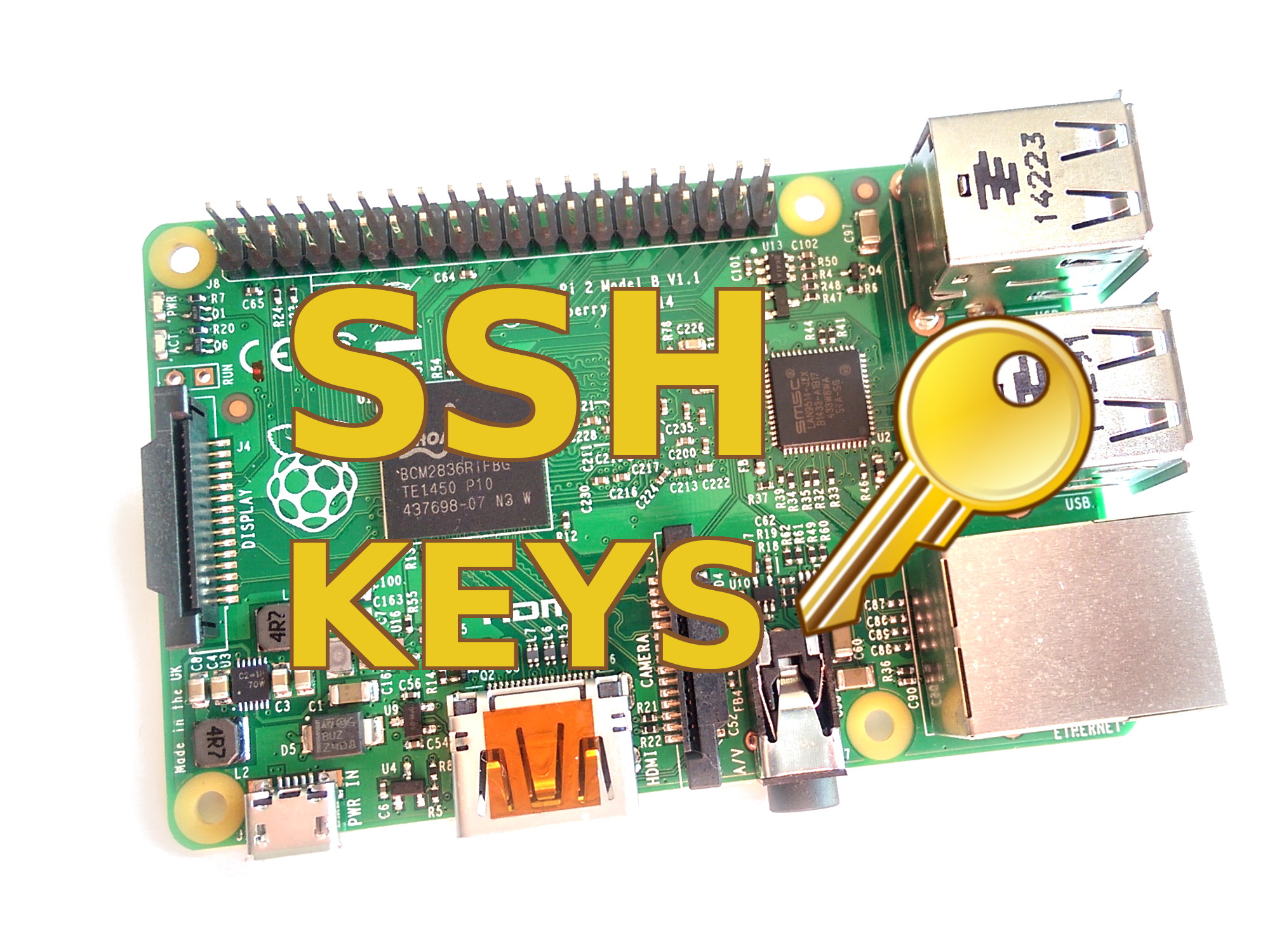Best RemoteIoT VPC SSH Raspberry Pi Free: Your Ultimate Guide
RemoteIoT technology has revolutionized the way we interact with devices and systems, even from miles away. With the increasing demand for remote access solutions, leveraging a Virtual Private Cloud (VPC) and SSH on a Raspberry Pi has become a popular choice for tech enthusiasts and professionals alike. Whether you're a beginner or an experienced developer, understanding how to set up and manage a remoteIoT VPC SSH Raspberry Pi free setup is essential for modern connectivity.
As the world becomes more interconnected, the need for secure and efficient remote access solutions grows. This is where a RemoteIoT VPC SSH Raspberry Pi free setup shines. By combining the power of Raspberry Pi, SSH, and a VPC, users can create a robust platform for managing IoT devices remotely. This article will walk you through the process step by step, ensuring you have all the tools and knowledge to get started.
Our focus will be on providing you with detailed instructions, tips, and insights into the best practices for setting up your RemoteIoT VPC SSH Raspberry Pi free environment. Whether you're working on personal projects or professional applications, this guide will serve as your go-to resource for mastering remote access technology.
Below is a comprehensive table of contents to help you navigate the article easily:
Table of Contents
- Introduction to RemoteIoT VPC SSH
- Understanding Raspberry Pi
- Setting Up a VPC
- Configuring SSH
- Best Practices for Security
- Troubleshooting Common Issues
- Applications of RemoteIoT VPC SSH
- Cost-Effective Solutions
- Frequently Asked Questions
- Conclusion and Next Steps
Introduction to RemoteIoT VPC SSH
In today's digital age, remote access to IoT devices is no longer a luxury but a necessity. The best remoteIoT VPC SSH Raspberry Pi free setup allows users to manage their IoT devices securely and efficiently. By leveraging a Virtual Private Cloud (VPC), you can create a private network environment that isolates your devices from the public internet, ensuring enhanced security and performance.
SSH (Secure Shell) plays a critical role in this setup by providing encrypted communication between your local machine and the Raspberry Pi. This ensures that all data transmitted is protected from unauthorized access. Combining these technologies offers a powerful solution for remote management of IoT devices.
Why Choose Raspberry Pi?
Raspberry Pi is a versatile and affordable single-board computer that has gained immense popularity among hobbyists and professionals. Its compact size, low power consumption, and extensive community support make it an ideal choice for remoteIoT projects. Additionally, its compatibility with various operating systems and software makes it a flexible platform for experimentation and development.
Understanding Raspberry Pi
Raspberry Pi is more than just a small computer; it's a gateway to endless possibilities. Available in multiple models, the Raspberry Pi offers varying levels of performance and features to suit different project requirements. From the basic Raspberry Pi Zero to the powerful Raspberry Pi 4, there's a model for every need.
Key Features of Raspberry Pi:
- Compact and lightweight design
- Low power consumption
- Support for multiple operating systems
- Extensive GPIO (General Purpose Input/Output) pins for interfacing with hardware
- Active community support and resources
Choosing the Right Model
When selecting a Raspberry Pi model for your remoteIoT VPC SSH project, consider factors such as processing power, memory, and connectivity options. The Raspberry Pi 4, for instance, offers USB 3.0 ports and Gigabit Ethernet, making it suitable for demanding applications. On the other hand, the Raspberry Pi Zero is ideal for lightweight projects due to its smaller form factor and lower cost.
Setting Up a VPC
A Virtual Private Cloud (VPC) is a private network environment hosted within a cloud provider's infrastructure. Setting up a VPC is crucial for isolating your IoT devices from the public internet, ensuring they operate in a secure and controlled environment.
Steps to Set Up a VPC:
- Choose a cloud provider that supports VPCs, such as Amazon Web Services (AWS) or Google Cloud Platform (GCP).
- Create a VPC and configure its settings, including subnet ranges and security groups.
- Launch an instance within the VPC and assign it a public IP address if necessary.
- Connect your Raspberry Pi to the VPC using SSH.
Benefits of Using a VPC
Using a VPC provides several advantages, including:
- Enhanced security through network isolation
- Flexible IP address management
- Scalability to accommodate growing project needs
- Integration with other cloud services for expanded functionality
Configuring SSH
SSH (Secure Shell) is a network protocol that allows secure communication between devices over an unsecured network. Configuring SSH on your Raspberry Pi is essential for establishing a secure connection to your remoteIoT VPC environment.
Steps to Configure SSH:
- Enable SSH on your Raspberry Pi by navigating to the Raspberry Pi Configuration tool or using the command line.
- Generate SSH keys for authentication to enhance security.
- Set up a static IP address for your Raspberry Pi to ensure consistent connectivity.
- Test the SSH connection from your local machine to verify everything is working correctly.
Best Practices for SSH Configuration
When configuring SSH, consider the following best practices:
- Use strong, unique passwords or SSH keys for authentication.
- Disable password authentication and rely solely on SSH keys for added security.
- Regularly update your Raspberry Pi's operating system and SSH software to patch vulnerabilities.
Best Practices for Security
Security is paramount when setting up a remoteIoT VPC SSH Raspberry Pi free environment. Implementing robust security measures will protect your devices and data from potential threats.
Key Security Measures:
- Use strong encryption protocols for all communications.
- Regularly monitor your VPC for unauthorized access attempts.
- Implement firewall rules to restrict incoming and outgoing traffic.
- Keep all software and firmware up to date with the latest security patches.
Securing Your Raspberry Pi
To secure your Raspberry Pi, consider the following tips:
- Change the default username and password to something unique and complex.
- Disable unnecessary services and ports to reduce attack surfaces.
- Use a hardware-based security module, such as a Trusted Platform Module (TPM), for added protection.
Troubleshooting Common Issues
Despite careful planning and implementation, issues may arise when setting up your remoteIoT VPC SSH Raspberry Pi free environment. Understanding common problems and their solutions will help you resolve them quickly and efficiently.
Common Issues and Solutions:
- SSH Connection Fails: Ensure SSH is enabled and verify the IP address and port number.
- VPC Connectivity Problems: Check the VPC settings and ensure the Raspberry Pi is correctly connected.
- Performance Issues: Optimize your Raspberry Pi's configuration and reduce unnecessary processes.
Advanced Troubleshooting Techniques
For more advanced troubleshooting, consider the following techniques:
- Use network diagnostic tools to identify and resolve connectivity issues.
- Review system logs for error messages and warnings.
- Consult the Raspberry Pi and cloud provider documentation for additional guidance.
Applications of RemoteIoT VPC SSH
The best remoteIoT VPC SSH Raspberry Pi free setup has numerous applications across various industries. From home automation to industrial monitoring, this technology offers versatile solutions for remote device management.
Common Applications:
- Home automation systems for controlling smart devices.
- Environmental monitoring systems for tracking weather conditions.
- Industrial IoT solutions for managing machinery and equipment.
Case Studies
Real-world examples demonstrate the effectiveness of remoteIoT VPC SSH Raspberry Pi setups. For instance, a manufacturing company used this technology to monitor and control production lines remotely, resulting in increased efficiency and reduced downtime.
Cost-Effective Solutions
One of the primary advantages of using a Raspberry Pi for remoteIoT VPC SSH is its cost-effectiveness. With minimal investment, you can create a powerful and secure remote access solution that rivals more expensive alternatives.
Ways to Save Costs:
- Utilize free cloud services for hosting your VPC.
- Repurpose existing hardware for additional savings.
- Leverage open-source software and tools for development and management.
Maximizing Value
To maximize the value of your remoteIoT VPC SSH Raspberry Pi free setup, focus on optimizing performance and minimizing resource usage. Regularly review and refine your configuration to ensure it meets your evolving needs.
Frequently Asked Questions
Here are some common questions and answers related to remoteIoT VPC SSH Raspberry Pi setups:
- Q: Can I use a Raspberry Pi for commercial applications?
- Q: Is SSH secure enough for remote access?
- Q: What are the system requirements for running a VPC on a Raspberry Pi?
A: Yes, the Raspberry Pi is suitable for both personal and commercial applications, provided you adhere to licensing agreements and regulations.
A: When properly configured, SSH provides a secure and reliable method for remote access. However, it's essential to follow best practices to ensure maximum security.
A: The system requirements depend on the specific VPC setup and the Raspberry Pi model. Generally, a Raspberry Pi 4 with at least 4GB of RAM is recommended for optimal performance.
Conclusion and Next Steps
In conclusion, setting up the best remoteIoT VPC SSH Raspberry Pi free environment offers numerous benefits for managing IoT devices remotely. By following the steps and best practices outlined in this article, you can create a secure and efficient platform for your projects.
We encourage you to take action by experimenting with the technologies discussed and exploring their potential applications. Share your experiences and insights in the comments below, and don't forget to check out our other articles for more valuable information.
Thank you for reading, and happy tinkering!
Article Recommendations

